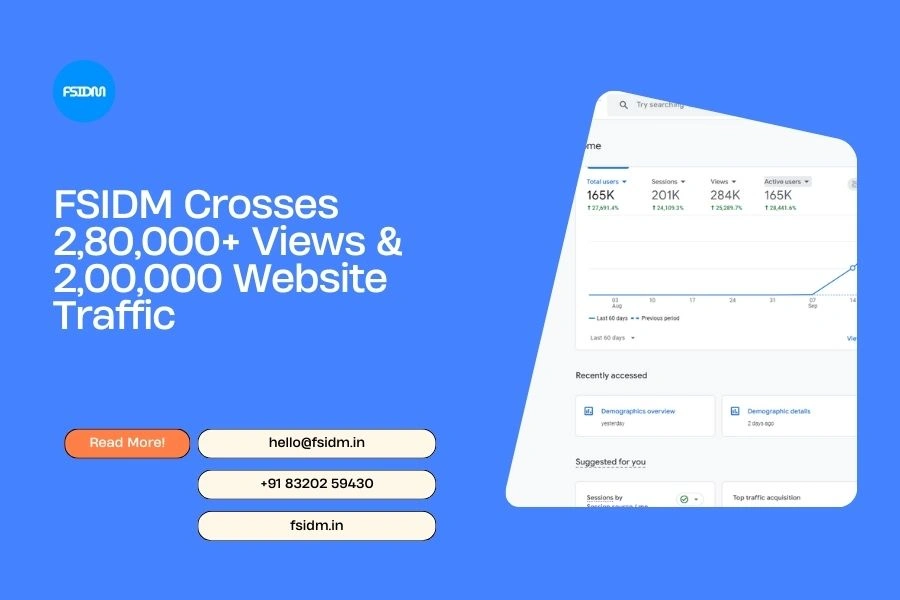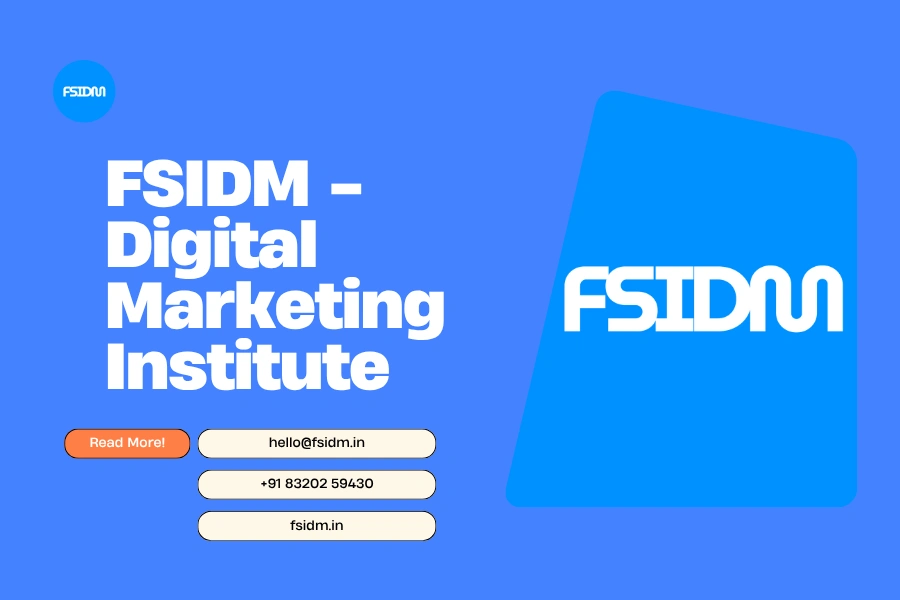Going from ₹1 crore to ₹10 crore is less about luck and more about leverage, systems, and compounding. Pick one focus (career, business, or investments) → tighten unit economics or personal ROI → amplify with repeatable channels → measure the right KPIs → reinvest intelligently. Do this consistently for 3–7 years and you’ll be on the 10x path.
Why ₹1 Cr → ₹10 Cr is a different game
Hitting ₹1 crore proves product/skill-market fit or good investment timing. But scaling to ₹10 crore demands systems that repeat and multiply: scalable distribution, better margins, team and processes, or portfolio diversification. The strategy changes from “prove” to “scale.”
1) Mindset & Foundation — play for scale, not activity
- Think leverage: Replace time-for-money with systems, IP, or capital that works while you sleep.
- Reduce variability: Standardize processes so results are predictable.
- Compound focus: Small improvements (10–20%) in conversion, retention, or returns compound huge over time.
- Risk hygiene: Protect downside — maintain liquidity, cut non-core risk, insure key assets.
2) Career: How professionals scale earnings from ₹1 Cr to ₹10 Cr
(For freelancers, senior execs, founders-with-salary)
Playbook
- Specialize to command premium rates. Generalists get paid per hour; specialists get paid per outcome.
- Productize your services. Turn your expertise into repeatable packages, retainers, or subscription services.
- Build a personal brand + pipeline. Speak, write, publish case studies that attract high-ticket clients or promotions.
- Own equity or profit-sharing. Move from salary to performance equity in ventures you help scale.
- Scale via teams. Hire juniors/associates, train them, and keep the high-value client relationships.
- Licensing & IP. Create courses, frameworks, or toolkits you can sell many times over.
- Leverage networks intelligently. Join advisory boards, angel groups, or exclusive cohorts to access deals and high-paying gigs.
KPIs to track
- Average client/project ticket
- Utilization rate (for billable work) vs. leverage (revenue from non-time-tied assets)
- % revenue from recurring sources
- Clients acquired per channel & CAC for high-ticket clients
90-day sprint (career)
- Week 1–2: Audit your top 10 clients/projects — identify highest-margin work.
- Week 3–6: Create a productized offering + pricing.
- Week 7–12: Run outreach + publish 2 case studies; hire 1 junior to delegate 30% of your time.
3) Business: Scaling a company from ₹1 Cr to ₹10 Cr
(For founders and operators)
Core levers (repeatable)
- Unit economics: LTV / CAC > 3 (or industry-appropriate). Fix this before growth.
- Distribution repeatability: Build owned channels — email, community, D2C, B2B sales engine.
- Retention & expansion: Revenue from existing customers is cheaper and higher-margin.
- Margins & ops: Improve gross margin by cost optimization or pricing power.
- Systems & talent: Document processes; hire operators, not just hustlers.
- Smart capital: Raise or reinvest when you can plug a scaling bottleneck.
Step-by-step
- Nail one scalable channel (paid + organic).
- Standardize onboarding & fulfillment to reduce churn.
- Automate repetitive ops (billing, NPS collection, basic support).
- Invest in product or SKU that increases AOV or repeat purchase.
- Use data: cohort analysis, unit economics, burn vs. runway.
KPIs to track
- CAC, LTV, Gross Margin, Contribution Margin
- Repeat purchase rate / Retention by cohort
- Months to recover CAC
- Revenue per employee (efficiency metric)
90-day sprint (business)
- Week 1–2: Run diagnostic — top 3 revenue leaks & top 3 growth wins.
- Week 3–6: Run a focused growth experiment (e.g., hero SKU + creative test + retargeting funnel).
- Week 7–12: Document process for fulfillment and hire a growth operator.
4) Investments: Turning ₹1 Cr into ₹10 Cr (portfolio play)
(For self-directed investors, family offices, or HNI investors)
Principles first
- Diversify by thesis, not scattergun. 4–6 core ideas with varied risk-return.
- Position sizing: Don’t bet everything on 1 high-conviction idea.
- Time arbitrage: Long-term compounding beats short-term speculation.
- Active oversight: Private equity / startup bets need active value-add; passive indexation needs patience.
Portfolio mix (example)
- 30–40% growth equities or direct growth stocks
- 20–30% private equity / startups (high risk, high return)
- 10–20% credit / debt instruments for stability
- 10–20% alternative assets (real estate, IP, commodities, structured products)
Tactics to scale faster
- Co-invest with smart VCs or angels to access deals and syndicate expertise.
- Use leverage carefully (only when cashflow validated).
- Tax & structuring optimisation—use family offices or LLPs for efficient scaling.
- Reinvest dividends and profits into highest-expected-return bucket.
KPIs to track
- Portfolio IRR / CAGR (1,3,5 year windows)
- Drawdown management (max loss tolerated)
- Liquidity runway & rebalancing frequency
- Concentration risk (top 3 holdings %)
90-day sprint (investing)
- Week 1–2: Re-evaluate top 5 holdings; trim non-conviction positions.
- Week 3–6: Research 3 high-conviction new ideas (diligence + network checks).
- Week 7–12: Allocate small pilot positions and track performance weekly.
5) Systems, Talent & Tech — the invisible multipliers
- Documentation: SOPs scale people.
- Automation: Invest in stack that reduces headcount per revenue (CRM, marketing automation, analytics).
- Dashboarding: Weekly scorecard with 5 metrics that actually move the business/career.
- Culture of measurement: Everyone knows targets and what to do if targets slip.
6) Tactical Growth Experiments (do these, measure, iterate)
- Hero offer funnel: 14-day experiment to test conversions and payback.
- Referral engine: 10% of growth from referred customers if incentivized well.
- Price-pack optimization: Test 2 price points on 1 SKU or service.
- Content-to-sales: 3 pillar articles + email nurture + 1 webinar.
- Micro-VC: Invest ₹5–10 lakh in 3 early-stage founders to learn deal flow + upside.
Common traps & how to avoid them
- Trap: Chasing top-line growth with negative unit economics. → Fix: Stop scaling until LTV/CAC makes sense.
- Trap: Hiring too fast. → Fix: Hire for defined outputs and replaceable roles.
- Trap: Over-diversification in investments. → Fix: Focus on conviction with risk controls.
- Trap: Paralysis by data. → Fix: Run small, timeboxed experiments to test hypotheses.
Checklist: Ready to go from ₹1 Cr → ₹10 Cr?
- Single-paged 3-year plan with milestones
- Top 3 KPIs defined and dashboarded weekly
- One repeatable growth channel identified and optimized
- Unit economics verified (business) or personal pricing power mapped (career)
- Team/outsourcing plan to remove your time from the equation
- 6–12 month liquidity buffer (investments/business contingency)
- 90-day sprint planned and calendared
FAQ
Q: How long does it take to scale from ₹1 Cr to ₹10 Cr?
A: Typically 3–7 years depending on market, leverage, and reinvestment discipline. Faster if you have high-margin, scalable distribution or rare skill with equity upside.
Q: Should I focus on business growth or investments to scale faster?
A: Do both if possible. Business growth compounds operational knowledge and cash; investments compound capital. Balance depends on your risk tolerance and time availability.
Q: Do I need external funding to reach ₹10 Cr?
A: Not always. Funding accelerates scale but only if you have repeatable unit economics and a clear use for capital. Bootstrapped scaling is slower but cleaner.
Your 90-Day Sprint (copy-paste plan)
Week 1: Audit & prioritize — top 3 revenue sources and top 3 leaks.
Week 2–4: Fix the biggest leak (pricing, funnel conversion, or cost-cutting).
Week 5–8: Run a focused growth experiment & document the process.
Week 9–12: Automate or delegate the repeatable parts and hire 1 operator.
Final pep talk
From ₹1 crore to ₹10 crore is not about one brilliant move — it’s about consistent leverage: better systems, smarter hires, disciplined reinvestment, and compounding returns. Pick one area to focus on this quarter, run experiments, measure honestly, and keep one foot in learning mode. You’ve got this — and when you hit that 10x, tell me the story. I’ll be cheering (and taking notes). 🚀









